Our technology explained
Photonics is a technology that involves the interaction between light (photons) and electrons. Photons are used to generate, process and transmit information.
PhotonFirst harnesses that technology by sending light into an optical fiber, and then capturing it with sensors that reflect the light like a mirror. The light subsequently comes back and the change between the light sent out and the reflected light is translated into a value of measurement, such as temperature, strain, pressure or shape. This is done with the help of the photonics integrated circuit (PIC).

High sensitivity sensing

High speed processing

Compact design

Multiplexing capabilities
Measurement devices on
chip-level, based on integrated photonics

Measuring with light distributed through an optical fiber which is as thin as a human hair (125um), requires the highest precision and performance. Chip-based sensing is based on an integrated photonics chip technology, where the light is sent into the fiber with a light source and measured back directly on a photonics-based chip in the interrogator.
These interrogation systems are usually designed for laboratory settings. However, with the PhotonFirst technology, these sensing systems can be utilized in industrial harsh environments.

Application Specific Photonic Integrated Circuit (ASPIC)
An Application Specific Photonic Integrated Circuit (ASPIC) is an optical chip designed for a dedicated purpose. Similar to electronics, ASPICs allows a variety of solutions, all based on a small set of components.
Unlike integrated electronics where silicon is the dominant material, ASPICs have been fabricated on different material platforms having each of them providing advantages and limitations depending on the functions to be integrated. For instance, Silica has desirable properties for passive components like Arrayed Waveguide Gratings (AWGs) while GaAs or InP allow direct integration of active components, i.e. lights sources, detectors and others. Although the fabrication process is similar to integrated electronics, there is no dominant device like the transistor. The range of photonic functions include low loss interconnect waveguides, power splitters, optical amplifiers, optical modulators, filters, lasers, detectors.
The optical fiber becomes the sensor with Fiber Bragg Gratings (FBG)


Passive component without EMI

Accurate non-intrusive measurements

Robust design for harsh conditions

Sensor signal strength over long distance
